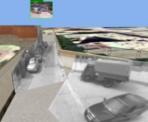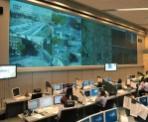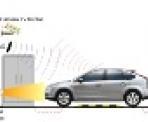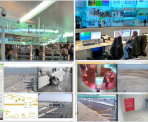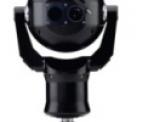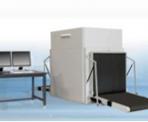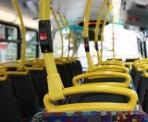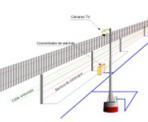The devices comply with railway standard UNE-EN 50.155 and have decoding devices with the high-performance H.264 algorithm in order to reduce the amount of storage space required.
The decoding devices can generate various video streams for different uses:
- Storage (average quality/commitment to storage).
- Real-time display on the train (high quality).
- Real-time display through wireless networks (low quality/commitment to broadband).
The solution can be supplied in different presentation formats, from IP66 boxes to rack-mountable modules with standard measurements. These devices have connectors for analog or IP CCTV signals, and for the input and output of alarm signals (electrical contacts).
The box contains the solution based on integrated video decoders, as well as network connectivity, and optionally recording.
The system consists of H.264 decoding plates, digital signal inputs and outputs, and four audio channels (with AAC compression and synchronization of audio-video through RTCP). The plate can be activated and disconnected remotely through TCP.
The operating temperature range is from -20ºC to +70ºC, with a relative humidity of up to 95%. THE MTBF > 200,000 hours. The power supply voltage is 72 vdc (which is internally converted to 12 vdc).
The equipment as a whole is developed according to the engineering and regulation specifications required in the country and by the railway operator. For example, the UNE-EN 50.155.
Local recording does not have single failure points as it does not depend on network availability. There is no heavy traffic on the network as it only transmits requested video streams (video on-demand).
In the case of hard drive storage, solid state drives consume less energy, produce less heat and can operate without ventilation. Additionally:
- They are more resistant to impact and vibrations.
- They have a longer useful life.
- The hard drive malfunction rate increases drastically after 3 years.
- They operate in environments with extreme temperatures and vibrations.
Comparison with traditional systems based on DVR, NVR. etc.
- There are no single failure points for recording (it does not depend on network reliability).
- Excess traffic is not sent over the network as a result of continuous streaming from all the network cameras. Principle of video on-demand.
- The option for mixed cabling (analog for cameras and IP for backbone) is the most cost-effective.

